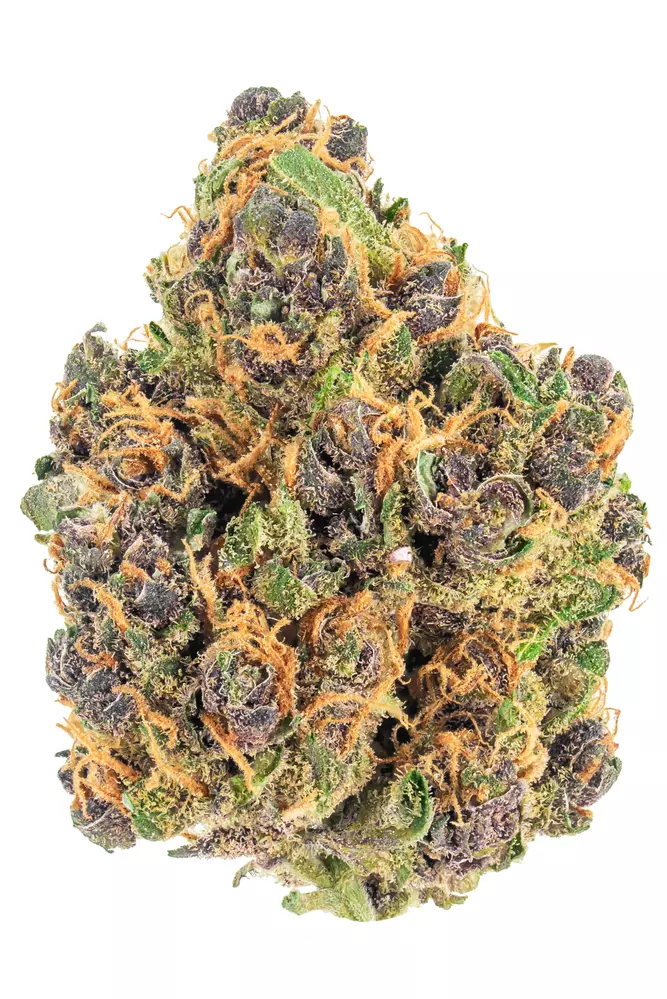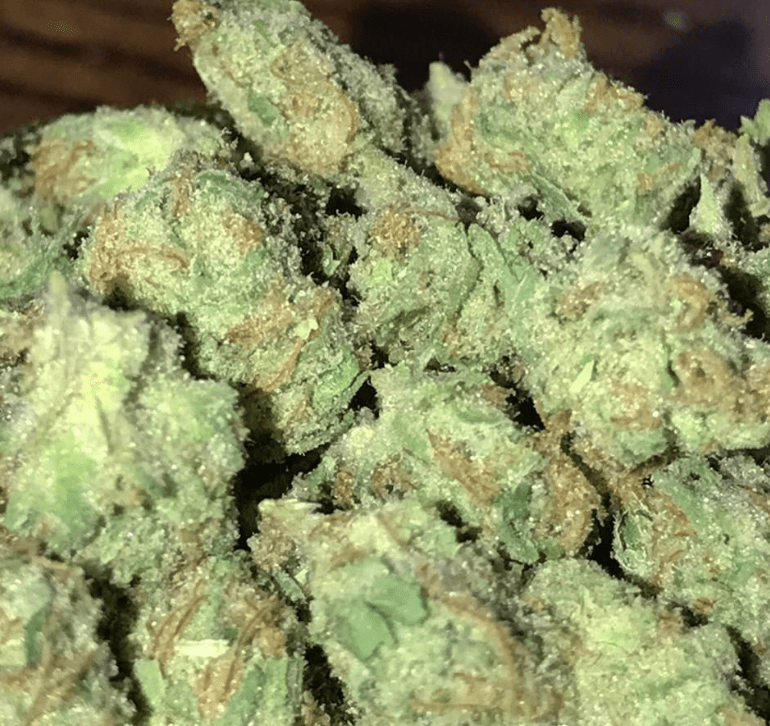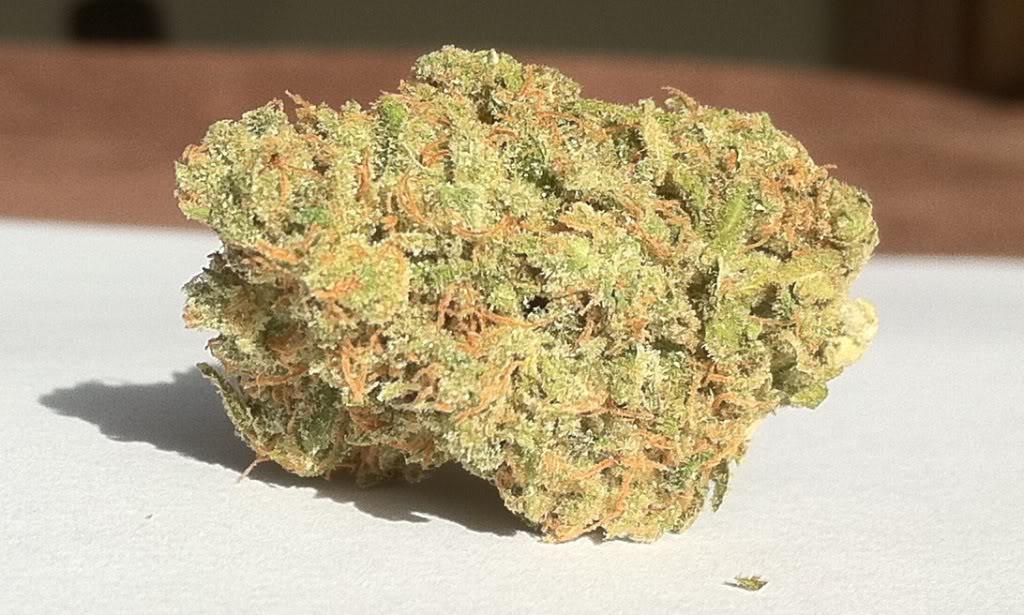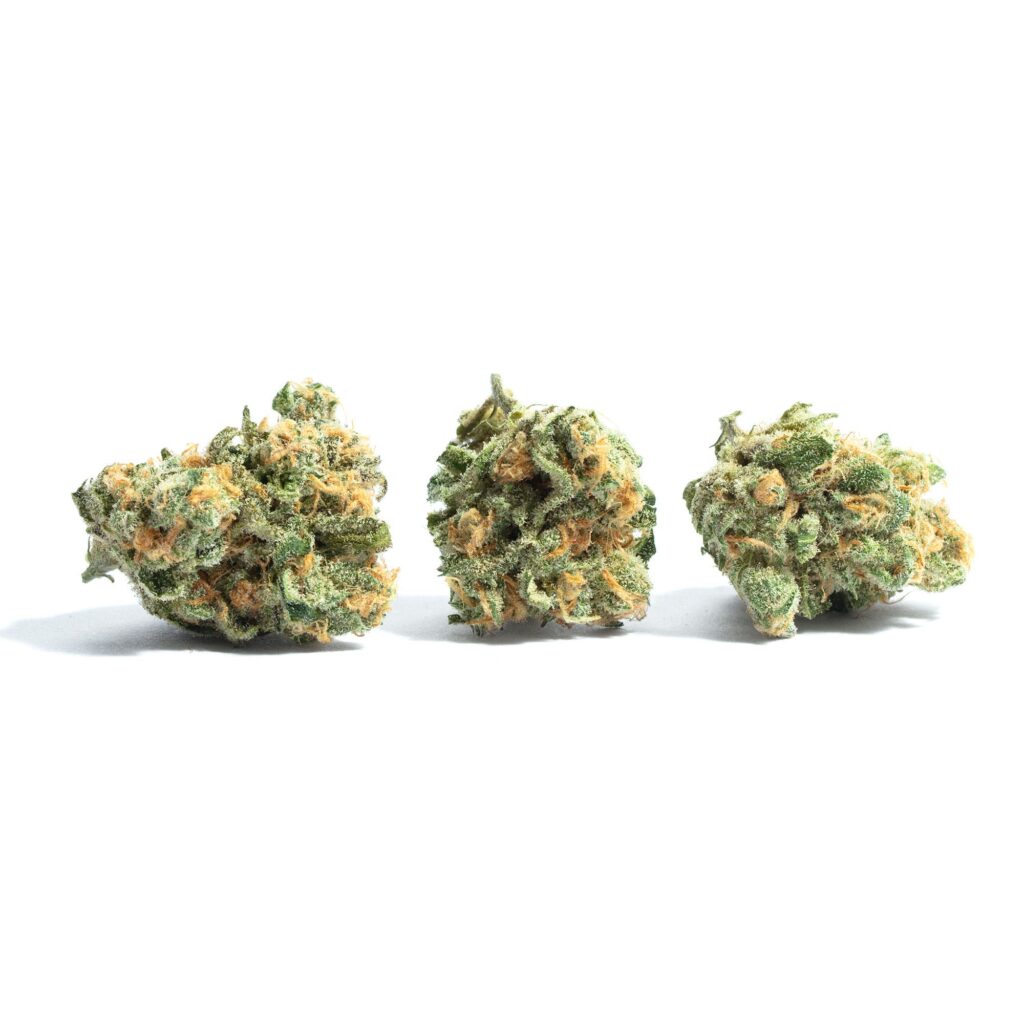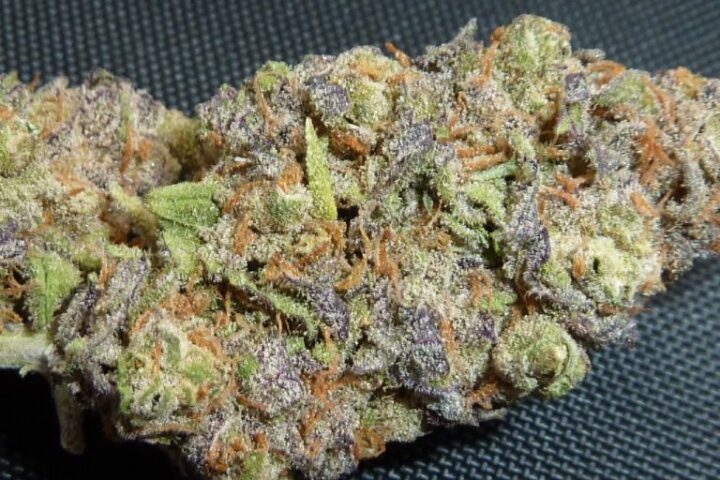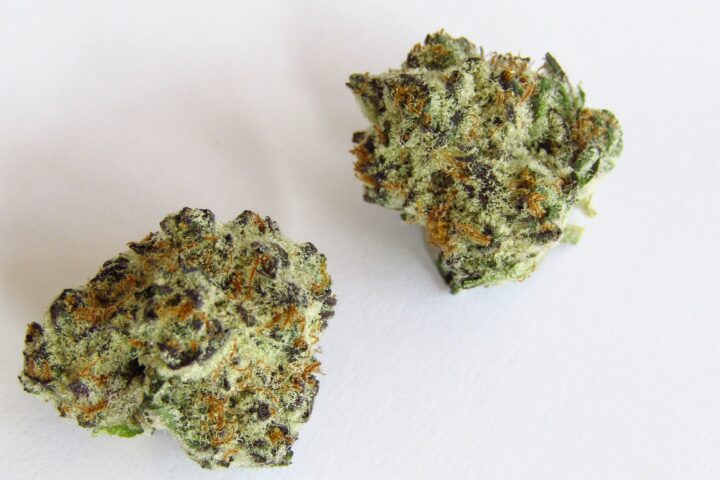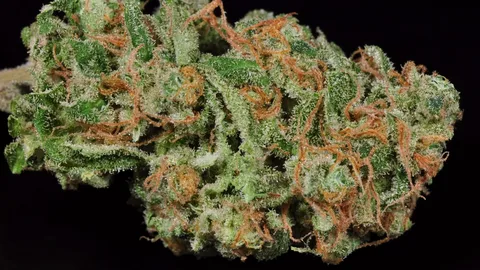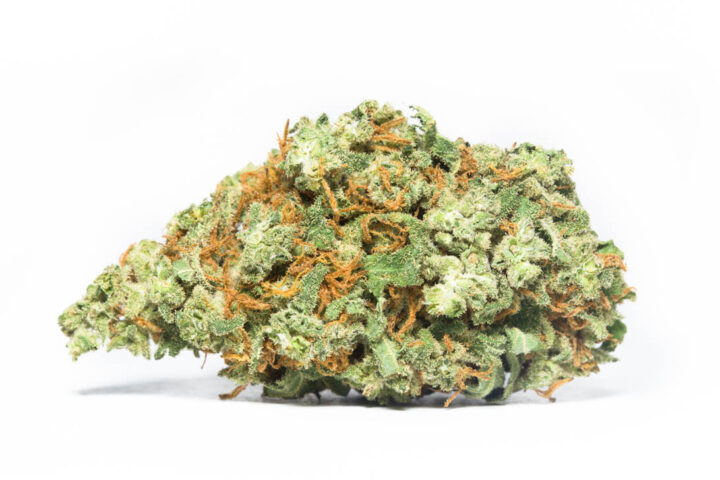What is Thai Stick
Description of the Strain
The Thai Stick strain, also known as “Thai Sticks” or simply “Thai,” is a legendary and potent cannabis variety that originated in Thailand.
It is believed to have been introduced to the United States by American servicemen returning from the Vietnam War, where it was cultivated in secret gardens hidden deep within the Thai jungle.
The strain has a rich and complex history, with rumors suggesting that it was even used for medicinal purposes by local healers and shamans.
Description
- Thai Stick is characterized by its distinctive appearance, which features long, thin buds covered in a thick layer of trichomes and golden hairs.
- The leaves are typically dark green or olive-colored, with a slight purple tint in some phenotypes.
- The aroma of Thai Stick is pungent and earthy, with hints of sandalwood and spices.
Effects
- Euphoric and relaxing, with a strong sense of calmness and tranquility
- Pain relief and inflammation reduction due to its high levels of CBD
- Increased focus and creativity, making it ideal for artists and writers
- Mild psychedelic effects in some phenotypes, with visuals and altered perception
Cannabinoid Profile
- Thai Stick is known for its high levels of THC (18-22%), with moderate CBD content (5-8%).
- The strain also contains small amounts of CBC, CBG, and THCV, adding to its overall potency and unique effects.
Cultivation
- Thai Stick is a challenging strain to cultivate due to its delicate genetics and specific growing requirements.
- It thrives in tropical climates with high humidity and temperatures between 75-85°F (24-29°C).
- The plants are typically grown using soil, compost, and natural nutrients to preserve the unique terpene profile of the strain.
Marijuana Strain Family
- Thai Stick is a member of the Sativa family, with its tall, slender plants and long-lasting effects.
- The strain has been known to produce large yields and impressive growth rates when given optimal care and conditions.
Thai stick is a popular strain of cannabis, known for its unique appearance and distinct flavor profile.
Thai Stick is a popular strain of cannabis that originates from Thailand and has gained international recognition for its unique appearance and distinct flavor profile.
The origins of Thai Stick date back to the 1970s when it was cultivated in the mountains of northern Thailand, where the climate and terrain provide ideal conditions for growing marijuana.
Thai Stick is known for its distinctive stick-like shape, which is formed by twisting and binding the buds together with a thin strip of plant material or string.
This unique appearance is not only visually appealing but also provides an added layer of potency as the buds are exposed to maximum sunlight and air circulation during the drying process.
The flavor profile of Thai Stick is often described as pungent, earthy, and slightly sweet, with notes of citrus and spices.
Thai Stick contains a high THC content, typically ranging from 15% to 25%, which makes it a potent strain for medicinal and recreational use.
The effects of Thai Stick are known to be long-lasting and can vary depending on the individual’s tolerance and dosage. However, common reported effects include:
- Relaxation and reduced stress
- Mood elevation and increased energy
- Sedation and improved sleep quality
- Pain relief and inflammation reduction
Thai Stick is also known for its medicinal properties, particularly in the treatment of chronic pain, anxiety, and insomnia.
With its unique appearance, distinct flavor profile, and potent effects, Thai Stick has become a sought-after strain among cannabis enthusiasts and medical users alike.
Cannabinoid Content
Thai Stick, also known as Thai Sticks or simply Thai, is a popular strain of cannabis originating from Thailand and Southeast Asia.
This unique strain has been cultivated for centuries and has gained international recognition for its distinct flavor profile, aroma, and effects on the body and mind.
The term ‘Thai Stick’ often refers to the way in which Thai bud is traditionally grown and dried – wrapped around a stick or stalk of bamboo, allowing for even drying and preserving the herb’s natural potency.
As for cannabinoid content, Thai Sticks can contain varying levels of different cannabinoids depending on factors such as growing conditions, soil quality, and curing techniques.
Typically, Thai Sticks have a high THC (tetrahydrocannabinol) content ranging from 15-25%, making them considered strong to very strong strains for experienced users.
CBD (cannabidiol), on the other hand, is relatively low in Thai Sticks, usually around 1-3%. However, some cultivars may have higher CBD levels depending on breeding and growing methods.
THCv (tetrahydrocannabivarin) and CBDV (cannabigerovarin) content are generally minimal in Thai Stick, but it’s worth noting that the strain can contain varying levels of terpenes such as Myrcene, Pinene, and Limonene.
The combination of these cannabinoids and terpenes creates a complex profile with reported effects ranging from uplifting and energizing to relaxing and sedating, making Thai Sticks suitable for various purposes – from recreational use to therapeutic applications.
The exact cannabinoid content can vary depending on the source and growing conditions, but it typically contains high levels of THC and low to moderate levels of CBD.
Thai Stick, also known as Thai Sticks or simply Thai Weed, is a renowned and iconic strain of cannabis originating from Thailand. The exact cannabinoid content can vary depending on the source and growing conditions, but it typically contains high levels of THC and low to moderate levels of CBD.
The name “Stick” refers to the traditional method of packaging Thai cannabis, where buds were wrapped in a stick of sticky resin or hashish. This distinctive presentation has contributed to the strain’s fame and allure among cannabis connoisseurs.
Thai Stick is often characterized by its unique and pungent aroma, which can range from earthy and herbal to spicy and incense-like. The flavor profile typically features a mix of sweet, sour, and bitter notes, with hints of pine and tropical fruit.
The effects of Thai Stick are commonly described as intense and psychedelic, with users reporting feelings of euphoria, relaxation, and heightened sensory awareness. The strain is often used to treat conditions such as chronic pain, anxiety, and depression, as well as to enhance creativity and focus.
It’s worth noting that the popularity and availability of Thai Stick have led to concerns about its authenticity and potency. Some sources claim that the true Thai Stick has been lost in recent years due to over-cultivation and the strain being watered down with other varieties. However, many breeders and growers continue to work on preserving the original genetic profile and cultivating high-quality Thai Stick strains.
Thai Stick’s legendary status is also attributed to its historical significance, as it was one of the first cannabis strains introduced to Western markets in the 1960s and 1970s. Its impact on popular culture has been substantial, with references to Thai Stick appearing in music, literature, and art.
In summary, Thai Stick is a unique and sought-after strain of cannabis that boasts high THC levels, distinctive aroma, and potent effects. While its authenticity may be disputed, the legacy of Thai Stick continues to inspire growers, enthusiasts, and artists alike.
Origin and History
History of Thai Stick in Thailand
The origin of Thai Stick, also known as Thai cannabis or weed strain from Thailand, dates back to the 1970s and 1980s when it gained popularity among travelers and hippies in Southeast Asia.
It is believed that the first Thai Stick plants were cultivated on the islands of Koh Samui and Phuket by local farmers who experimented with crossing different cannabis strains with the native plants found in the region.
The result was a potent and aromatic strain that quickly became popular among tourists looking for a unique and exotic experience.
Thai Stick is a type of sativa-dominant cannabis, which means it has a higher percentage of THC (tetrahydrocannabinol) than other strains. The exact THC content can vary depending on the plant’s lineage and growing conditions.
The history of Thai Stick in Thailand is closely tied to the country’s counterculture movement of the 1970s and 1980s, which saw a rise in popularity among young people who rejected mainstream values and sought out alternative lifestyles.
The term “Thai Stick” itself was originally used as a nickname for cannabis due to its distinctive shape, similar to a walking stick. Over time, it became synonymous with the strain of cannabis that originated from Thailand.
Today, Thai Stick remains one of the most popular weed strains among cannabis enthusiasts worldwide, prized for its unique flavor and aroma profile, which is often described as earthy, woody, and slightly spicy.
The strain’s potency has made it a favorite among experienced smokers, who appreciate the intense effects that come from smoking high-THC cannabis. However, due to the strong psychoactive properties of Thai Stick, it is generally recommended for those with some experience in consuming cannabis.
In recent years, there has been an effort to promote and preserve traditional Thai cannabis strains like Thai Stick, which are seen as part of the country’s cultural heritage.
Thai stick is believed to have originated in Thailand, where it has been cultivated for centuries using traditional growing methods.
Thai stick, also known as Thai, is a popular cannabis strain believed to have originated in the region of Southeast Asia, specifically in Thailand, where it has been cultivated for centuries using traditional growing methods.
The history of Thai stick dates back to the early 20th century, when it was first introduced to Western countries. At that time, the cannabis plants were hand-wrapped with thin sticks of bamboo or wood, giving them their distinctive name. The traditional growing methods used in Thailand involved cultivating the plants in remote areas, often near water sources, and using natural techniques such as shade and pruning to enhance flavor and potency.
Thai stick is known for its unique appearance, which typically features a hairy, sticky coat of resin that covers the buds. This characteristic has led some growers to nickname it “Thai Weed”. The strain is said to have originated from the hills of northern Thailand, where it was cultivated by local farmers who valued it for its medicinal and spiritual properties.
Today, Thai stick remains a highly sought-after cannabis strain among enthusiasts, prized for its distinctive flavor profile, which includes notes of earthy, woody, and herbal undertones. It is often described as a powerful and intense variety that can range from 15-25% in THC content, making it suitable for experienced users.
The genetics of Thai stick are believed to be derived from the sativa family, which contributes to its tall growth habit, large yields, and high THC levels. Some modern varieties have been bred to improve upon the original strain, but they remain faithful to the traditional characteristics that made it a legend among cannabis connoisseurs.
In summary, Thai stick is a revered cannabis strain with deep roots in Thailand’s rich cultural heritage. Its unique appearance and distinct flavor profile have earned it a loyal following worldwide, cementing its place as one of the most iconic and sought-after varieties in the global cannabis market.
Cultivation Methods
The origin and history of Thai sticks, also known as Thai weed or Thailand cannabis strain, date back to the 1960s in Thailand.
During this time, the plant was primarily grown for its medicinal properties and spiritual significance, with many locals using it for pain relief, anxiety, and other health issues.
The name “Thai Stick” is believed to have originated from the fact that the cannabis buds were often wrapped in a stick-like shape, usually with a mixture of kief and other herbs.
Cultivation Methods
Thai sticks are typically grown using traditional methods, which involve manual labor and a focus on sustainability.
- The plants are often grown in remote areas with high humidity and well-defined seasons, which allows for ideal conditions for growth.
- Farmers use a combination of natural and organic methods to control pests and diseases, including the use of neem oil and other herbal remedies.
- The plants are harvested by hand, usually when they reach maturity, which can take around 60-90 days.
- The buds are then dried naturally, either in the sun or using a combination of air circulation and ventilation.
Thai sticks have gained popularity worldwide for their unique flavor profile, which is characterized by notes of earthy, woody, and spicy undertones.
With its rich history and traditional cultivation methods, Thai stick remains one of the most sought-after cannabis strains globally.
The unique appearance of the strain is due to its distinctive growing habits, with buds often being wrapped in plant material and then dried or cured.
The origin of Thai is shrouded in mystery, with its exact beginnings unknown to this day.
However, it is believed to have originated in the jungles and mountains of Thailand , where it was cultivated for centuries by local tribespeople.
The strain gained popularity in the 1960s and 1970s as a result of its unique characteristics and potency, which made it a sought-after commodity among hashish enthusiasts.
Its distinctive growing habits, which involve wrapping buds in plant material before drying or curing them, is thought to be responsible for its unique appearance.
This process, known as ” bundling,” allows the buds to retain their shape and density while also increasing their potency and flavor profile.
The result is a strain that boasts an impressive array of terpenes and cannabinoids, including THC and CBD , which are said to contribute to its medicinal properties.
Evaluation and Comparison
Comparison to Other Strains
The evaluation and comparison of different cannabis strains is a crucial process for both recreational users and medical patients. When it comes to the Thai strain, also known as Thai Stick or Thailand Weed, there are several key factors to consider when evaluating its quality and comparing it to other strains.
First and foremost, the effectiveness of any cannabis strain depends on its THC (Tetrahydrocannabinol) content. The Thai strain is known for its high THC levels, typically ranging from 15% to 25%. This makes it a popular choice among users looking for a potent experience.
Another critical factor in evaluating the quality of any cannabis strain is its CBD (Cannabidiol) content. While CBD does not produce psychoactive effects like THC, it has been shown to have numerous medical benefits and can help mitigate some of the negative side effects associated with high-THC strains.
When comparing the Thai strain to other popular strains, such as Sour Diesel or OG Kush, there are several differences to note. For example, the Thai strain tends to have a more earthy and herbal flavor profile compared to some of these other strains. Additionally, its effects are often described as more relaxing and calming.
One notable comparison is between the Thai strain and the Haze strain. Both are known for their high THC levels and energizing effects; however, the Haze strain tends to be more stimulating and cerebral, whereas the Thai strain has a more sedating quality.
It’s also worth noting that the Thai strain has been shown to have a higher terpenoid content compared to some other strains. Terpenoids are compounds responsible for the unique flavor profiles of cannabis plants. The presence of terpenoids can also contribute to the therapeutic benefits associated with different strains.
When it comes to selecting a high-quality Thai strain, users should look for products that have been lab-tested and have a clear certificate of analysis (COA). This ensures that the product meets certain standards and has undergone rigorous testing for potency, purity, and consistency.
Finally, when comparing different cannabis strains, including the Thai strain, users should consider factors such as potency, flavor profile, effects, and terpenoid content. By doing so, they can make informed decisions about which products to choose based on their individual needs and preferences.
Thai stick is often compared to other strains from Southeast Asia, such as Burmese and Nepalese varieties.
The evaluation and comparison of different strains, including Thai stick, are crucial in understanding their unique characteristics and effects. When it comes to Thai stick, a popular strain from Thailand, it’s often compared to other strains from Southeast Asia, such as Burmese and Nepalese varieties.
One way to evaluate these strains is by considering their origin, genetics, and cultivation methods. Thai stick, for instance, is known to be grown in the mountains of Thailand, where the climate and soil conditions create a unique terroir that contributes to its distinct flavor and aroma. In contrast, Burmese and Nepalese varieties may have been grown in different regions with varying climates and soil compositions, resulting in different profiles.
Another aspect to consider is the THC content and potency of each strain. Thai stick is often praised for its high THC levels, which can range from 15% to 20%. Burmese and Nepalese varieties may have lower or comparable THC levels, but their unique cannabinoid profiles might offer different effects.
Cannabinoid profiles are a critical factor in evaluating and comparing strains. Thai stick, for example, has been reported to contain high levels of myrcene, a terpene that contributes to its earthy flavor and aroma. Burmese varieties may have higher levels of limonene, resulting in a more citrusy or uplifting effect.
Additionally, the effects of each strain can vary depending on individual tolerance and preferences. Some users might find Thai stick’s strong head high and intense body buzz to be overwhelming, while others might appreciate its long-lasting and sedating effects. Burmese and Nepalese varieties may offer different effects, such as a more mellow or energizing experience.
It’s also worth noting that the comparison of strains can be subjective and influenced by personal biases and experiences. Some users might prefer Thai stick for its unique flavor and aroma, while others might prefer Burmese or Nepalese varieties for their distinct effects and profiles.
In conclusion, evaluating and comparing different strains like Thai stick, Burmese, and Nepalese is a complex task that requires considering various factors, including origin, genetics, cultivation methods, THC content, cannabinoid profiles, and individual preferences. By understanding these differences, users can make informed decisions about which strain suits their needs and preferences.
Government Regulation of Cannabis in Thailand
The evaluation and comparison of government regulation of cannabis in Thailand involves examining the current legal framework, laws, and policies related to the cultivation, distribution, and possession of cannabis.
Thailand has a complex history with cannabis, with the plant being originally from the tropical regions of Asia. In the 19th century, Thai farmers cultivated a unique strain known as “Thai Stick” or “Thai Weed,” which was renowned for its distinctive aroma and potency.
Following the 1970s and 1980s War on Drugs era in Thailand, cannabis cultivation declined significantly due to strict laws and regulations. However, with growing global trends towards decriminalization and medical use of cannabis, the Thai government has started to review and amend its policies.
In 2018, Thailand became one of the first countries in Asia to legalize medicinal cannabis and remove penalties for possession of small amounts of the substance. The Thai government established a regulatory framework for cultivating and distributing medicinal cannabis for medical purposes only.
The law requires individuals seeking to cultivate or use medicinal cannabis to apply for a permit from the Food and Drug Administration (FDA). Patients who wish to obtain medicinal cannabis must have a diagnosis from a licensed physician, and cultivators are subject to strict regulations regarding land requirements, crop limitations, and quality control measures.
Despite this progress, recreational use of cannabis remains illegal in Thailand. The possession, sale, and transportation of cannabis for non-medical purposes can result in significant fines or even imprisonment under the Narcotic Act.
The Thai government’s decision to regulate cannabis has both positive and negative implications for society. On the one hand, it paves the way for increased access to medicinal products derived from cannabis, which may alleviate chronic pain, nausea, or other conditions.
However, recreational users of cannabis might be deterred by the strict regulations and penalties associated with possession. Furthermore, there is a risk that unlicensed cultivation practices could lead to contaminated or adulterated products reaching consumers.
The success of Thailand’s government regulation of cannabis will depend on continued monitoring of both medicinal and non-medical use of the substance and whether it effectively addresses public health concerns while reducing crime related to illicit activities.
The Thai government has recently relaxed its laws regarding cannabis cultivation and use, paving the way for increased availability of strains like Thai Stick.
With the relaxation of laws regarding cannabis cultivation and use in Thailand, a wide range of strains, including Thai Stick, are now more accessible to consumers. The country’s decision to loosen regulations has sparked interest among enthusiasts who seek out unique and potent varieties of cannabis.
Evaluation and comparison are essential steps in understanding the characteristics and potential effects of different cannabis strains like Thai Stick. This process involves considering various factors such as potency, aroma, flavor, and visual appearance, as well as subjective experiences reported by users.
One key aspect to consider when evaluating and comparing cannabis strains is their THC content, which can range from low to high percentages depending on the variety. Thai Stick, in particular, is known for its high THC levels, making it a popular choice among those seeking strong psychoactive effects.
In terms of aroma and flavor, Thai Stick is often described as having a distinct, pungent scent with hints of earthy and woody notes. The flavor profile can range from sweet and fruity to spicy and herbal, depending on the specific phenotype being cultivated.
The visual appearance of Thai Stick buds is characterized by their dense, compact structure and vibrant green coloration, often adorned with reddish-brown hairs. The resinous trichomes that cover the surface of the buds can give them a frosty, crystalline appearance under magnification.
When comparing Thai Stick to other strains, it’s essential to consider the unique combination of traits that define its characteristics. For example, while some strains may offer high levels of CBD, Thai Stick is known for its potent THC content and energizing effects.
The subjective experience of using Thai Stick can vary depending on individual tolerance and preferences. Some users report feeling uplifted, creative, and sociable after consuming this strain, while others may experience more sedating or relaxing effects due to the high THC levels.
Overall, evaluation and comparison of cannabis strains like Thai Stick require a comprehensive understanding of their characteristics, potential effects, and subjective experiences reported by users. By considering these factors, enthusiasts can make informed decisions about which strains to cultivate or consume based on their individual needs and preferences.
- Wookies Weed Strain Information - October 9, 2024
- Ya Hemi Aka Yahemi, Ya-Hemi Weed Strain Information - October 9, 2024
- White Cookies Aka White Oreos Weed Strain Information - October 8, 2024

